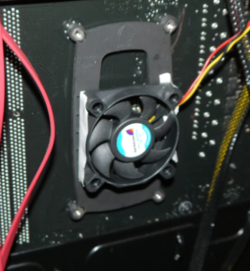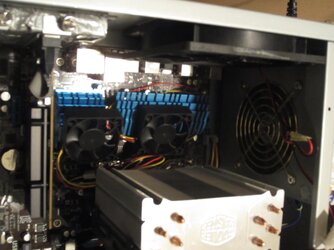Hi all, I was just playing around with my O.C, to enjoy my new PSU lots of fun.
The thing is I was reading this stuff about AMD Overdrive being accurate when you stress your CPU either your temps gets hot. This makes sense since when I'm at idle it will show a fake 51-65ºC. So I went prime95 to see a more realistic numers under load so in HWmonitor my core temps peak at 48ºC "I'm running soft O.C @4,475 @1.365. The thing is the numbers in AMD Overdrive became even more no sense showing 29ºC when running prime95 while in HWmonitor it shows 48ºC. Any ideas why I can't get proper temps on AMD Overdrive?
Thank you all in advance.
The thing is I was reading this stuff about AMD Overdrive being accurate when you stress your CPU either your temps gets hot. This makes sense since when I'm at idle it will show a fake 51-65ºC. So I went prime95 to see a more realistic numers under load so in HWmonitor my core temps peak at 48ºC "I'm running soft O.C @4,475 @1.365. The thing is the numbers in AMD Overdrive became even more no sense showing 29ºC when running prime95 while in HWmonitor it shows 48ºC. Any ideas why I can't get proper temps on AMD Overdrive?
Thank you all in advance.


